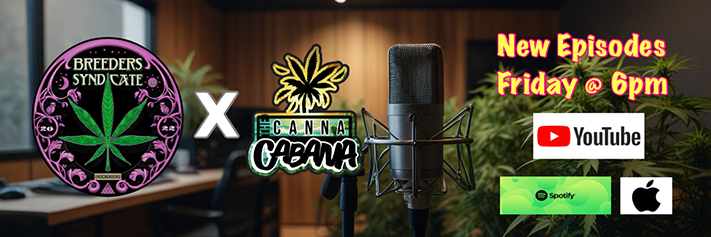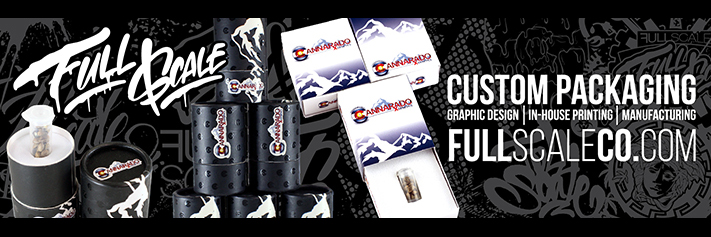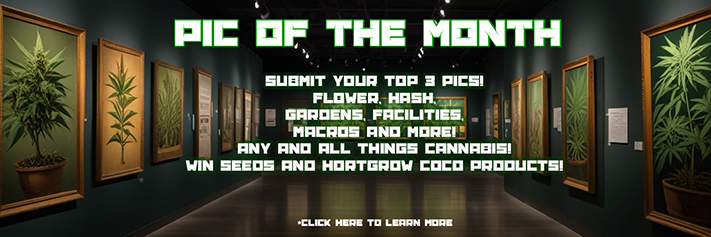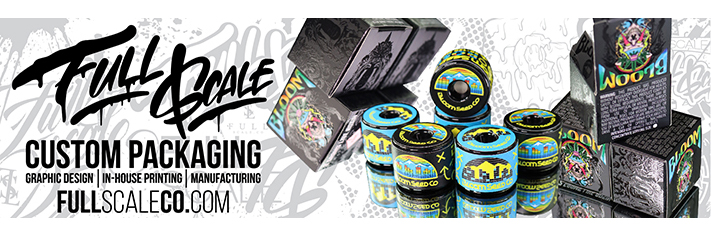Bilbo
New member
I have not been able to find an answer… Percentage of what?
When cannabis is analyzed, how is the % of THC, CBD, Etc derived?
Usually there is a standard, such as by weight, by volume, Etc. Surely a good strain when dried could not show N % by weight, could it? No
Volume does not make sense to me either, as relates to a large unstated variable.
Could it be via a standardized extraction, that a % of the total extracted product is analyzed and partitioned out as relative to that extract weight, which is then quantified by %?
This question vexes me whenever I read a strain report, Etc.
Thanks for any input,
Bilbo
When cannabis is analyzed, how is the % of THC, CBD, Etc derived?
Usually there is a standard, such as by weight, by volume, Etc. Surely a good strain when dried could not show N % by weight, could it? No
Volume does not make sense to me either, as relates to a large unstated variable.
Could it be via a standardized extraction, that a % of the total extracted product is analyzed and partitioned out as relative to that extract weight, which is then quantified by %?
This question vexes me whenever I read a strain report, Etc.
Thanks for any input,
Bilbo
















